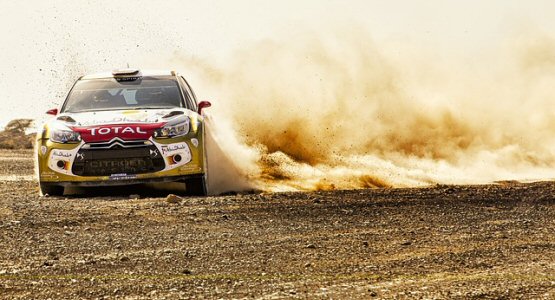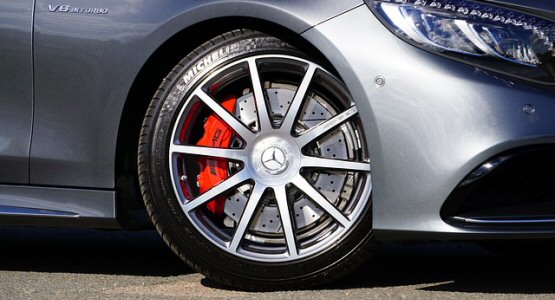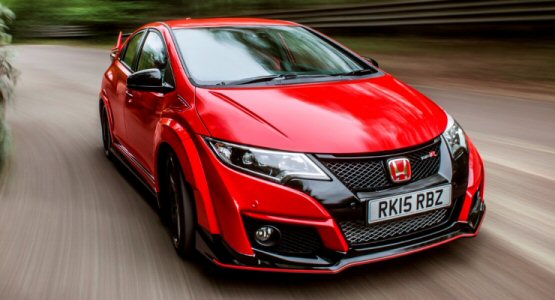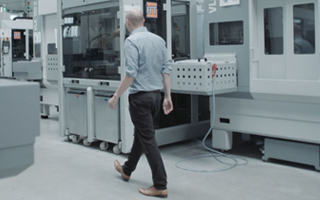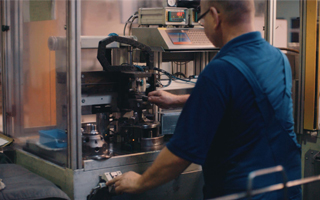Why Front Wheel Drive Isn't So Bad
10th September 2019
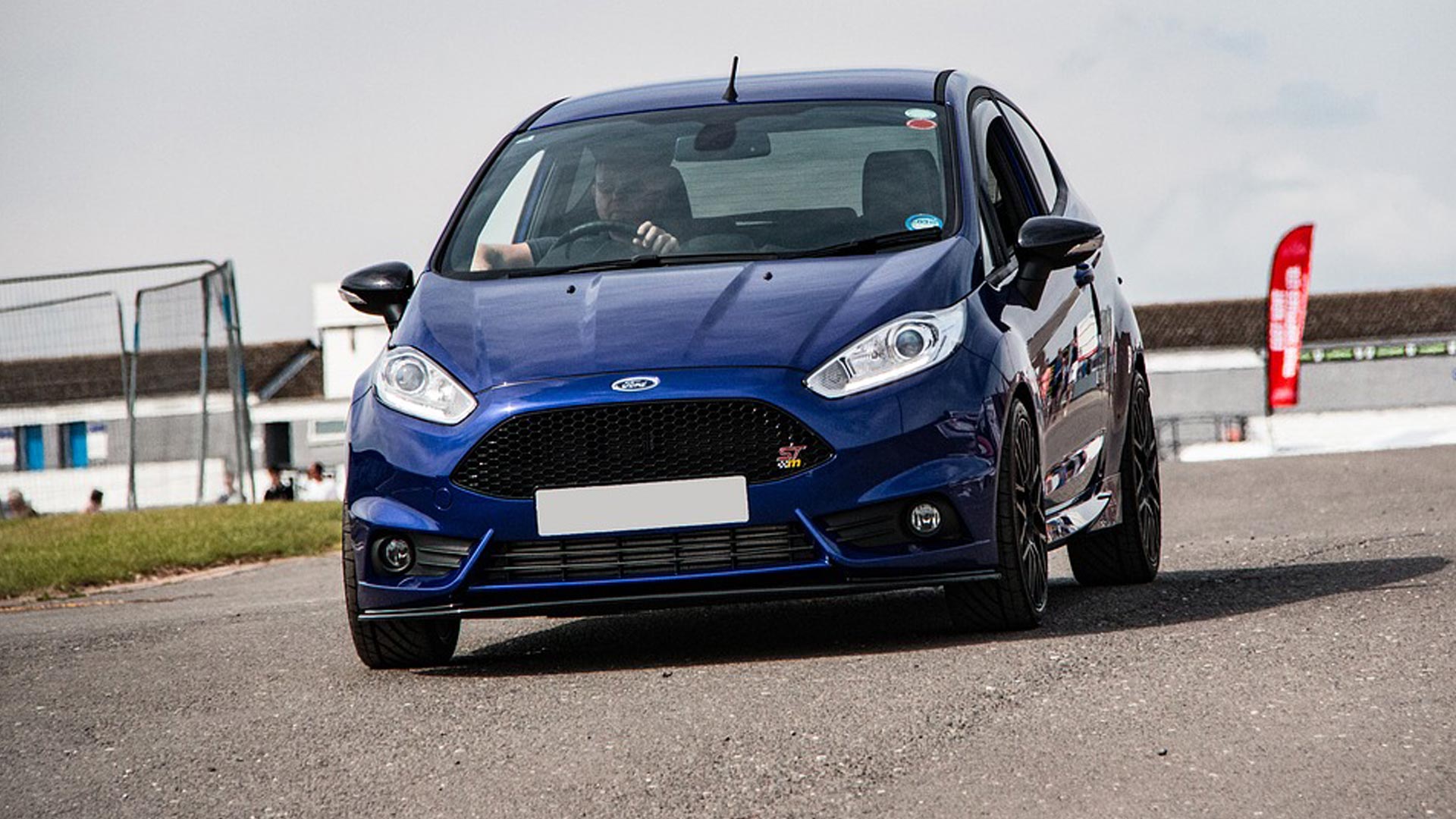
Front wheel drive often gets a rough ride. Literally according to some.
Derided and dismissed by many a motoring ‘expert’, it is generally viewed as a cheap alternative to rear and four-wheel equivalents, hence a degree of snobbery. But are criticisms justified?
In actuality FWD vehicles possess their fair share of benefits, advantages which put paid to the myth they’re neither fun nor good.
History
The first known example of a front wheel drive car is the subject of much debate. It is accepted that 19th century engineers experimented with the concept and variations were conceived as early as 1895.
Stateside the Cord L29 became the first version sold in 1929, however the first to go to mass market was the Citroen Twelve – also known as the Citroen Traction Avant – in 1934. It did so with no lack of fanfare, heralded as “a car of an entirely new conception”.
Ironically realising this goal was almost the undoing of the manufacturer, with development costs spiralling and ultimately bankrupting the operation. Owner Andre Citroen was forced to sell the company to Michelin less than a year later!
Even so he paved a way for automakers and these days FWD vehicles are commonplace, with notable examples including the Vauxhall Astra, Ford Fiesta and Nissan Qashqai.
So how exactly do they differ from the so-called superior models?
In short, they house what’s known as a transverse engine, the answer to a 4WD’s conventional longitudinal engine.
Front wheel drive encases its engine under the hood and in combination with a transmission (transaxle). Together they deliver power to the front wheels.
This is in contrast to rear wheel drive which, despite having its engine placed in the front and a transmission just behind, relies on a drive shaft running back to the rear axle to power the back wheels.
Let’s take a closer look at some differences…
Cost
Front Wheel Drive tends to appeal to new motorists in particular. Why? The fact is these cars contain fewer parts, something reflected in asking price. At least it should be.
Indeed their design is somewhat basic, certainly in comparison to some of the supercars featured in the MAT Foundry blog.
This means the production process is decidedly shorter, with the drivetrain itself easier and cheaper to install. As a result owners’ part with less cash and secure themselves an affordable first run-around.
The simpler the setup meanwhile the easier it becomes to maintain and service your wheels, in principle anyway…
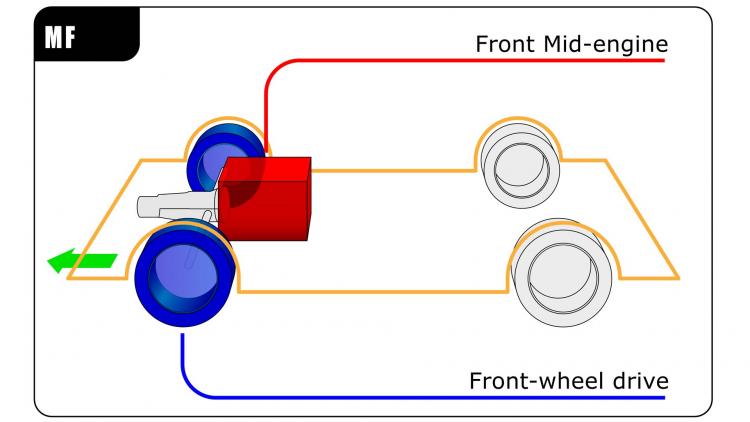
Mileage
Mileage is a key barometer on which to judge a car and it may surprise you to learn FWD delivers more bang for your buck by virtue of being lighter. Indeed, weight has a direct impact on fuel economy, which puts another plus in this particular column.
Front Wheel Drive is typically assembled in a way which sees axle assemblies and transmissions joined as opposed to separated, thus reducing the load. This helps with mpg and is one of the key reasons why most economy cars are of this variety.
Comfort and Capability
FWD also affords greater space and with-it greater comfort. By encompassing all the major equipment up front, those in the back benefit from newfound leg room. More cargo can also be packed into the cabin, always a bonus.
But what of driving capability? Do not underestimate front wheel, which boasts better traction and stands up to trying weather conditions.
Rear wheel drive naturally sees the wheels push the car forward. By contrast front wheel pulls the vehicle and can dislodge it from some pretty ugly scenarios, many involving snow. A better grip is achieved courtesy of the transaxle’s placement – its forward leaning weight allowing for greater purchase.
Unsurprisingly this lends itself to challenging terrain. Hill climbs are easier with FWD, so too the negotiation of slippery paths. Most modern versions come complete with anti-lock braking and traction control, meaning they are perfectly suited to light snow.
Further advantages include greater protection in the case of a front-end collision (this due to that aforementioned placement of transmission and engine) and an ability to adopt left foot breaking, should you fancy it.
Finally FWD cars have quickened quite substantially in recent times. Granted they will never be as fast as some speed merchants demand but there is little doubting the rapidity of a VW Golf GTI or Ford Focus ST...
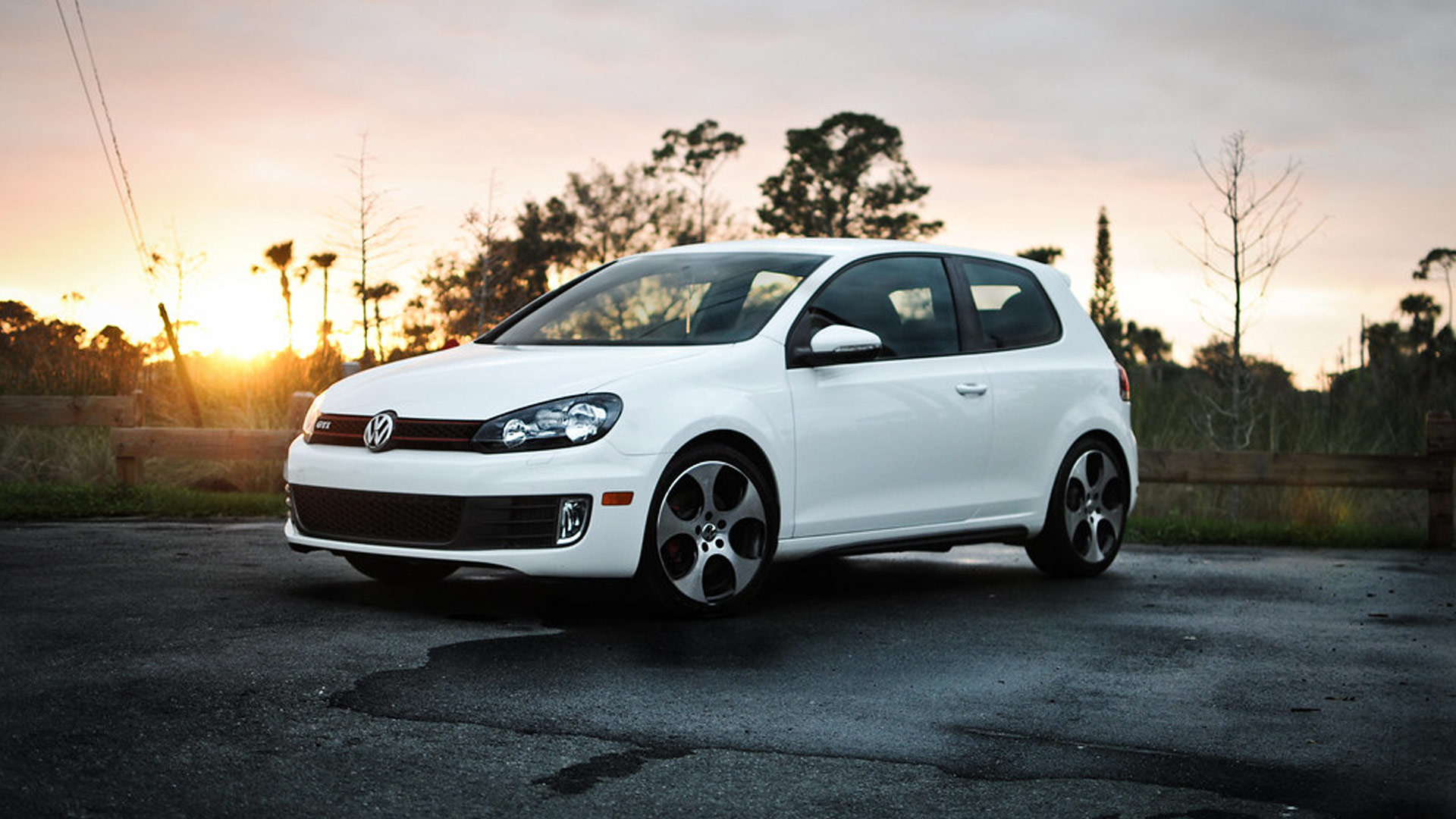
Drawbacks
If they are the benefits it would be remiss to overlook a handful of negatives which continue to frustrate.
Handling is one such drawback, though this is dependent on your own individual preferences.
FWD steering is known to be more tactile, alerting you should wheels begin to slip for instance. Some appreciate that, some detest it.
Similarly inexperienced drivers will likely welcome a make-up which means it’s harder to lose the back end. Those more accustomed to the highways however will bemoan the fact this makes handling tough and reduces your ability to drive at any great speed when carrying a heavy load. Indeed towing with FWD will never be advised.
Understeering is another known bugbear, while high speed cornering is made that bit harder given what’s under the hood.
Then there’s the torque steer issue...
It’s impossible to overlook the fact that cars of the front wheel drive variety do tend to veer left or right when accelerating, this a direct consequence of engine torque on steering.
While modern suspensions have gone some way to limiting such diversions, they remain an issue, particularly on the more powerful models encompassing 300+bhp.
Being lightweight also leaves a car vulnerable to damage other than mere bumps and scrapes. Unfortunately the likes of CV joints and boots tend to wear out sooner in FWD.
While not enough to stop you in your tracks these are problems that will need to be addressed, short or long-term. What’s more front wheel tyres take a bit of a battering, they are after all doing the bulk of the heavy lifting…
Evidently front wheel drive still has its failings, but its deserving of a more favourable press. The long-held notion among petrolheads was; there was no worse layout for a car and that providing power and steering input was too much for these lightweight models to handle, impacting the driving experience as a result.
This is a short-sighted and dated view which overlooks inarguable benefits and great progress. Front wheel drive is undoubtedly different but by no means bad.


